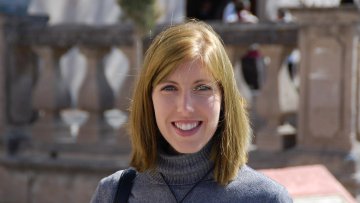Restriction Problems in Representation Theory
Abstract
We discuss the problem in representation theory of decomposing restricted representations. We start classically with the symmetric groups via Young diagrams and Young tableaux, and then move into the world of Lie groups. These problems have connections with both physics and number theory, and if there is time I will discuss the Gan-Gross-Prasad conjectures which predict results on restrictions for algebraic groups over both local and global fields. The pre-requisites will build throughout the talk, but it should be accessible to anyone with some knowedge of both finite groups and Lie groups.


